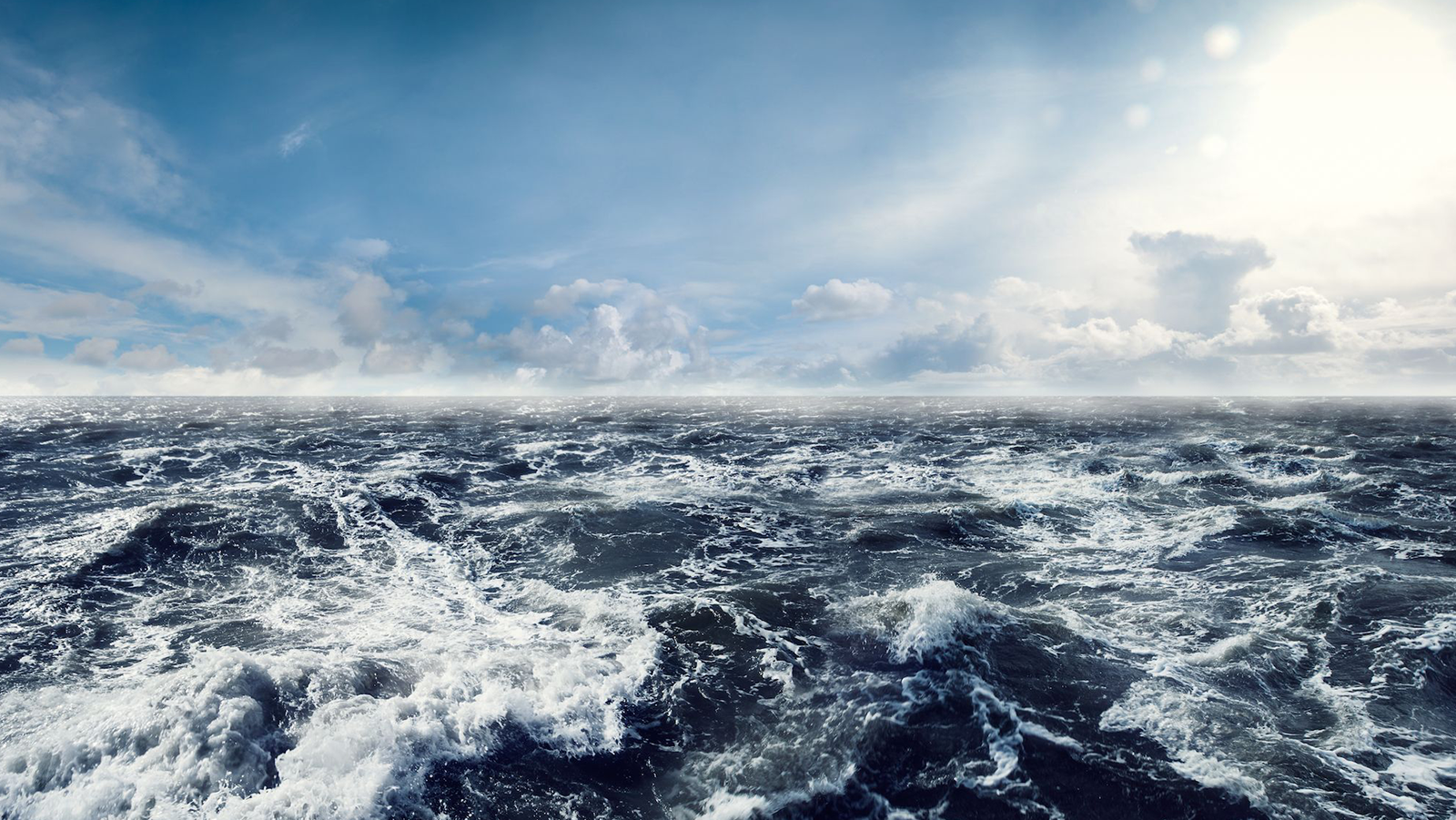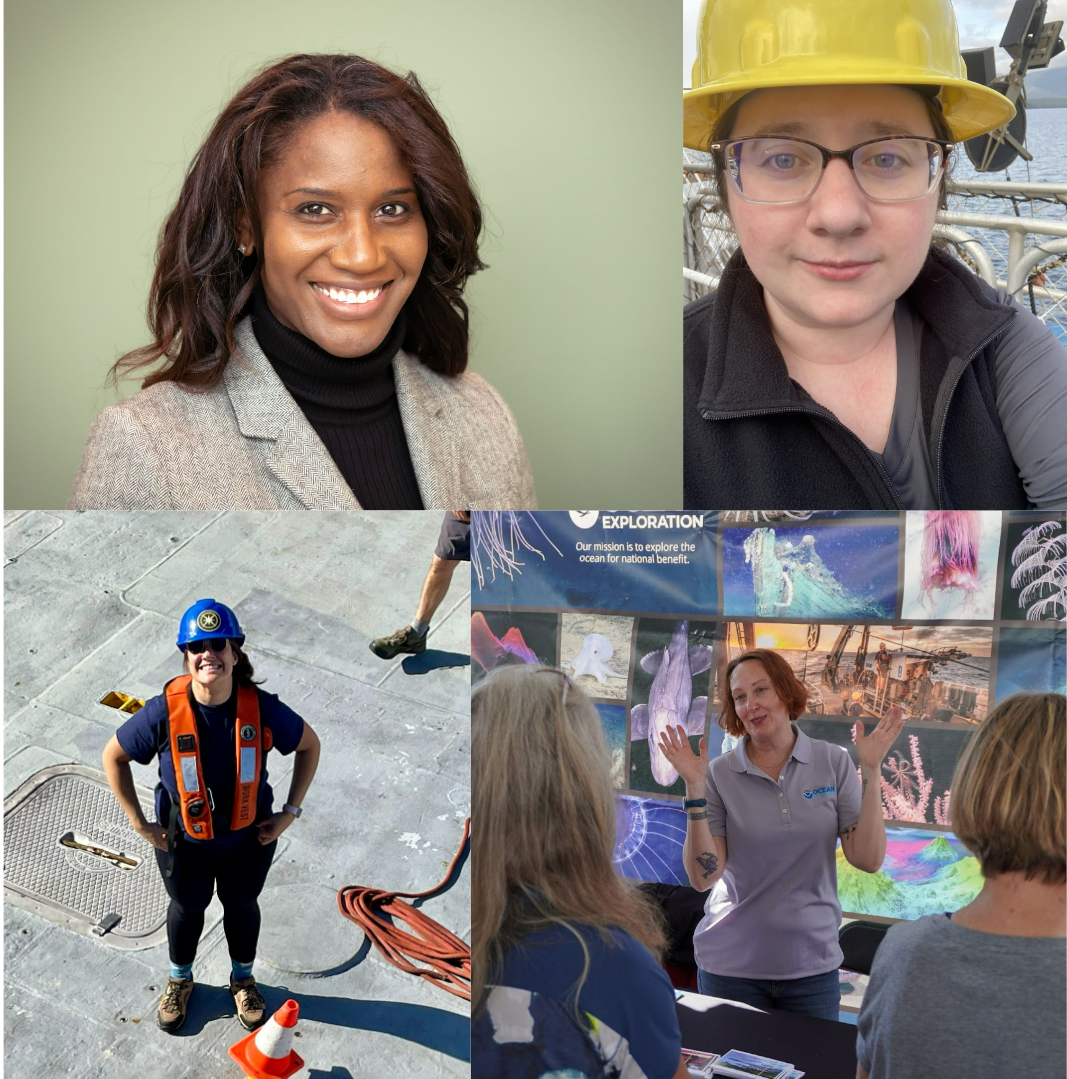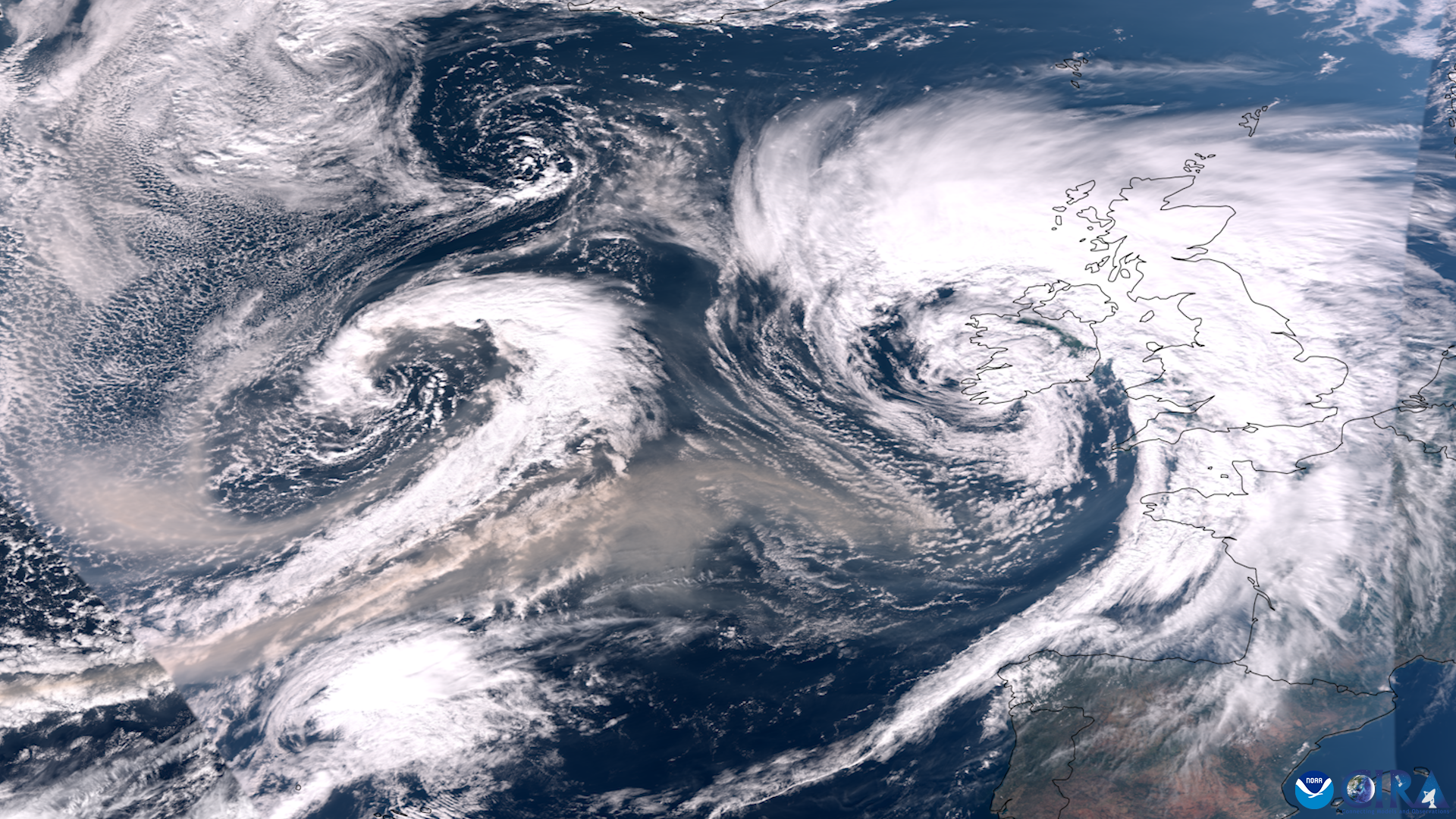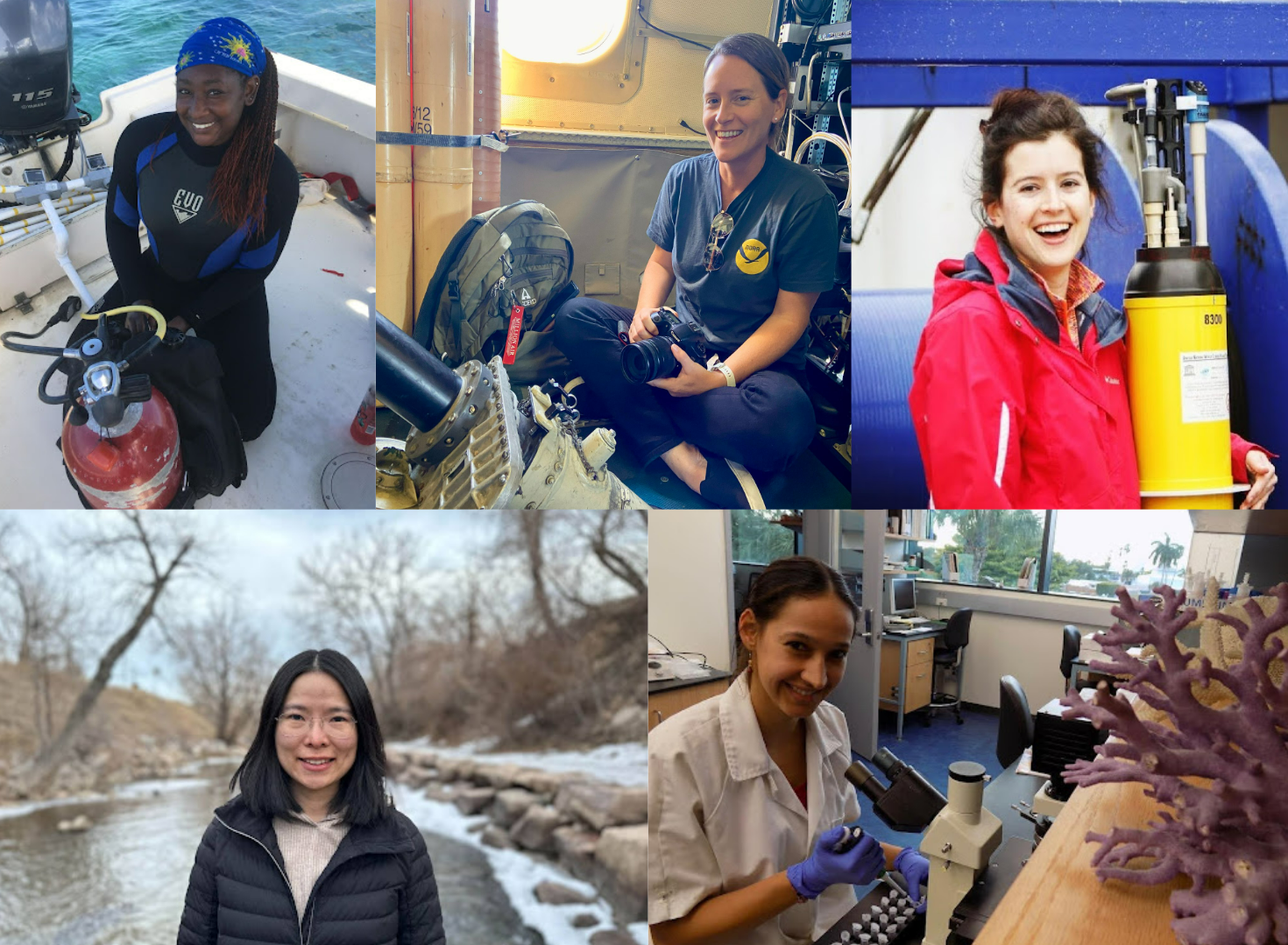Editor’s note: If you missed the live event. Have no fear. You can watch the program on NOAA Ocean Exploration on YouTube
On Wednesday, May 5, at 7 p.m. EDT/4 p.m. PDT, join explorers from an upcoming NOAA Ocean Exploration expedition to hear about innovative technologies NOAA and its partners are developing to advance exploration. Learn how the navigation technology used on NASA’s Mars 2020 Perseverance rover and Ingenuity Mars helicopter is being adapted for use on an autonomous underwater vehicle in Earth’s deep ocean and how environmental DNA can be used to learn more about the animals that live there.
Join the live virtual event through one of the following platforms:
NOAA Ocean Exploration on Twitter
NOAA Ocean Exploration on YouTube
NOAA Ocean Exploration on Facebook
Ocean and space exploration may be very different, but they have a lot in common, too. Conditions are extreme in Earth’s deep ocean and in space, and similar technologies can be used to explore them both. And, we now know that other planets, dwarf planets, and moons also have oceans that may harbor life. Explorating these extreme environments is challenging. So, it makes sense that NOAA and NASA would join forces to develop better tools and technologies to study oceans on Earth and in space.
From May 14 to May 27, NOAA will lead an ocean exploration expedition on NOAA Ship Okeanos Explorer to test emerging technologies that could provide greater access to our ocean as well as those on other ocean worlds. The 2021 Technology Demonstration will be the first expedition for the NOAA Ocean Exploration Cooperative Institute (OECI) on a NOAA ship.
During the expedition, OECI partner Woods Hole Oceanographic Institution (WHOI) will test its autonomous underwater vehicles (AUVs) Orpheus and Eurydice. The AUVs are designed to help us explore even the deepest ocean depths without real-time human involvement. To help them find their way, avoid hazards, and recognize seafloor features, WHOI worked with NASA’s Jet Propulsion Laboratory to adapt and incorporate NASA’s autonomous, vision-based system for landmark recognition, called Terrain Relative Navigation, into the AUVs. This system is like the one first used on NASA’s Mars 2020 Perseverance rover and is based on the system used on Ingenuity Mars helicopter.
In addition, NOAA will use this expedition to test a process of collecting environmental DNA (eDNA) on Okeanos Explorer. eDNA, the genetic material that animals release into the water column, will help us better understand life in the ocean. At night, the team will map priority areas of the seafloor between Florida and Virginia that have not been mapped with modern high-resolution technology.
During the expedition, follow NOAA Ocean Exploration on the web, where our team will livestream expedition data and video, and on social media (Facebook, Twitter, and Instagram) to learn more about the 2021 Technology Demonstration.
This expedition supports the NOAA Uncrewed Systems Strategy, the NOAA Artificial Intelligence Strategy, the NOAA ’Omics Strategy, the NOAA Cloud Strategy, the NOAA Data Strategy, NOAA’s Atlantic Seafloor Partnership for Integrated Research and Exploration (ASPIRE) campaign, the National Strategy for Mapping, Exploring, and Characterizing the United States Exclusive Economic Zone, and Seabed 2030.
For more information, please contact Monica Allen, NOAA Communications, at monica.allen@noaa.gov or 202-379-6693.



